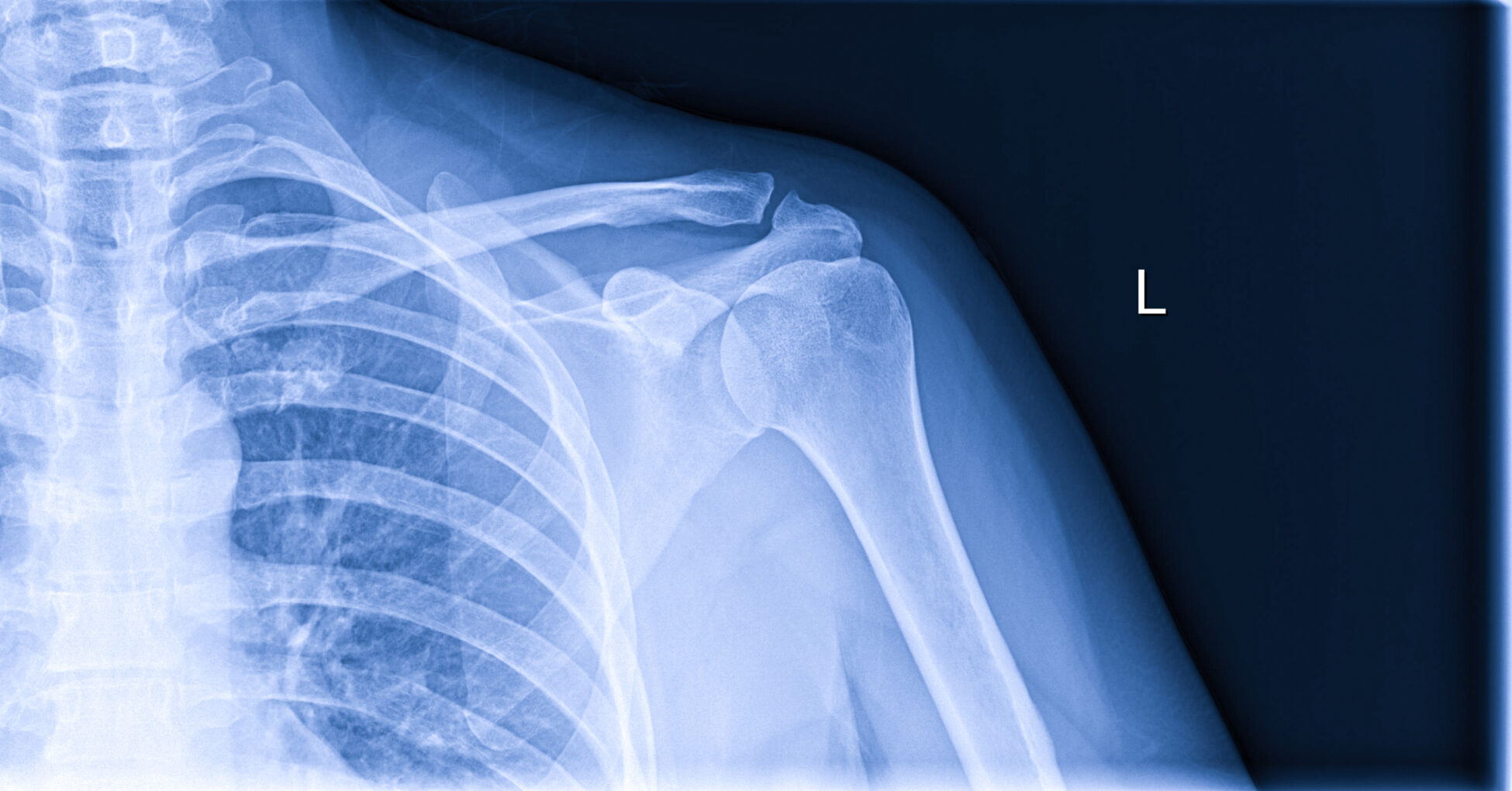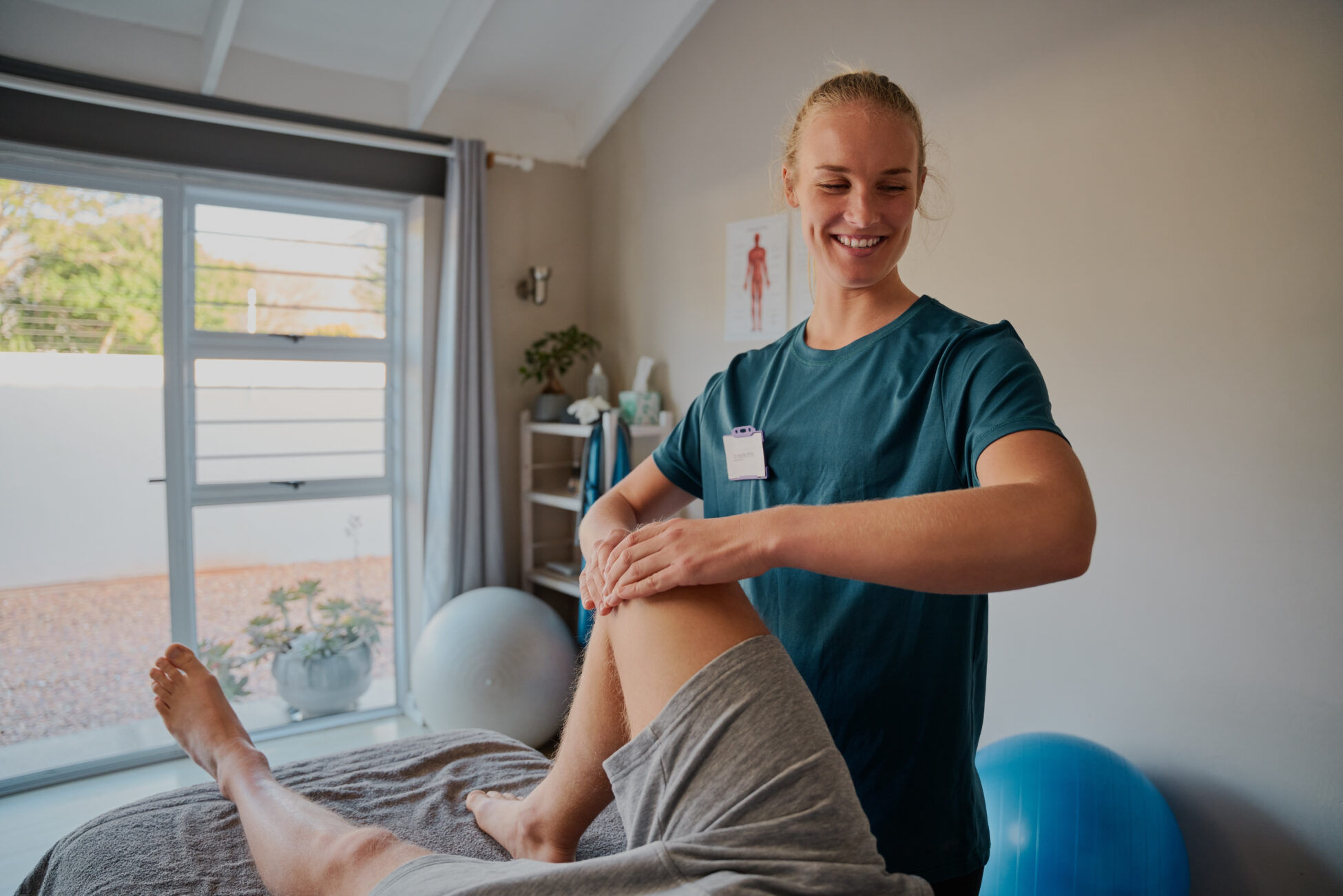Muscle and joint pain is something we will all experience at some point in our lives. For most, these everyday aches and pains come and go. Although manageable, this pain can still have an impact on our daily lives and activities. Sore muscles and stiff joints don’t only affect your mobility – they can also affect your mental state and overall well being if they become chronic. In this article, we’ll explore the most common causes of muscle and joint pain, the best treatments available, and ways to prevent it from happening in the first place.
What is acute muscle and joint pain?

Muscle and joint pain is such a common issue that defining it should be easy, right? The truth is, it’s a lot more complex than you think. To put it simply, both muscle and joint pain involve the body’s complex network of nerves, chemicals, and immune responses. When there is damage or inflammation in muscles or joints, our body’s alarm system activates. Pain signals are then sent to the brain. These signals serve as a warning that something needs attention and care. This is why it’s so important to listen to our bodies and seek medical attention when needed. Take the necessary measures to manage and reduce the pain for a healthier and more comfortable life.
Causes of acute muscle and joint pain

There’s a variety of factors that can contribute to both muscle and joint pain. Let’s start by diving into muscle pain, also known as myalgia. Whether it’s a short-term or long-term issue, the causes can vary. Short-term muscle pain, or acute muscle pain, is often the result of injuries such as sprains or strains. Overusing muscles during intense physical activity is another common cause. Infections such as the flu or viral infections can also lead to temporary muscle pain.
There are additional things to think about. Not having enough vitamins D or B12 in our bodies can lead to muscle pain. Taking certain medications like statins or beta-blockers for high blood pressure have side effects that may cause muscle discomfort. It’s not surprising that stress and anxiety can also cause muscle pain. When we’re stressed, our muscles can tighten without us even realizing it, which can result in pain.
The following conditions can also cause persistent muscle pain that has a significant impact on daily life:
- fibromyalgia
- lupus
- chronic fatigue syndrome
- myofascial pain syndrome
- multiple sclerosis
- myositis (inflammation of the muscles)
- depression
Joint pain is different from muscle pain because it can continue even when you’re not moving. It directly affects your joints and the surrounding structures like bones, cartilage, and tendons. Joint pain can be ongoing or intermittent, and it usually occurs in areas such as the hands, feet, knees, hips, and neck.
There are a few factors that can contribute to joint pain. Infections, whether caused by bacteria or viruses, can make your joints inflamed and uncomfortable. Injuries like fractures or sprains can also result in sudden joint pain. Osteoarthritis is another cause, where the protective cartilage in your joints wears down over time, leading to pain and stiffness.
Other conditions that manifest as joint pain include:
- bursitis
- tendinitis
- rheumatoid arthritis
- gout
Knowing the symptoms of muscle and joint pain is important for understanding and managing it. Common symptoms include discomfort, stiffness, swelling, and difficulty moving. Muscle pain often comes with soreness, spasms, and cramps. Some people may have occasional pain, while others have constant pain.
Treatments for Acute Pain

When it comes to finding relief from muscle and joint pain, there are various treatment options available. The choice of treatment depends on the cause and severity of the pain. And let’s not forget the power of personal choice and beliefs. Here are some of the most common and effective approaches:
Physical Therapy. A trained therapist can develop a personalized exercise program to improve muscle strength, flexibility, and joint mobility.
Medications. You can take over-the-counter pain relievers like NSAIDs or acetaminophen to help lessen the pain. In more serious situations, your doctor might prescribe stronger pain medications or muscle relaxants. Keep in mind that pain medications, although helpful, can have side effects.
Hot or Cold Therapy. Applying a heating pad or a warm towel can help relax muscles and ease pain. Or, using an ice pack can reduce inflammation and numb the area.
Massage Therapy. Professional massages or self-massage techniques like foam rolling can provide relief by reducing muscle tension and promoting relaxation.
Acupuncture. This alternative therapy involves the insertion of thin needles at specific points in the body to stimulate pain relief and promote healing.
Frequency Therapy. A natural therapy which uses healing frequencies to heal damaged cells and tissue, speeding healing and offering pain relief.
Surgery. If standard treatments don’t work, surgery might be suggested as a final option.
Home Remedies For Muscle Pain

In addition to professional treatments, there are several home remedies you can try to ease muscle pain:
- Rest: Let your muscles rest and recover. Avoid straining them and move slowly and gently when needed.
- Elevation and Massage: Raise the affected area and gently massage it to improve blood flow and ease pain.
- Hot and Cold Therapy: Apply hot and cold packs alternately to reduce inflammation and relieve muscle soreness.
- Epsom Salt Bath: Take a warm bath with Epsom salts to relax muscles and find soothing relief.
Home Remedies for Joint Pain
If you’re experiencing joint pain, consider some of these helpful home remedies:
- Gentle exercises and stretching: Try low-impact activities like yoga or tai chi to improve joint flexibility and strengthen supporting muscles. Stretching exercises can also help reduce stiffness.
- Maintain a healthy weight: Excess weight puts additional strain on your joints, so maintaining a healthy weight can help in this area.
- Anti-Inflammatory Foods: Include more foods with anti-inflammatory properties into your diet such as strawberries, nuts, olive oil, fatty fish, and leafy greens.
- Supportive Aids: Use braces, canes, or orthotics to provide additional support and stability to your joints.
Prevention of Muscle and Joint Pain

It’s better to prevent muscle and joint pain rather than trying to cure it later. Although you can’t always prevent it completely, you can take proactive measures to lower the chances. Here are some strategies to consider:
Regular Exercise. Engage in exercise that combines cardiovascular activities with strength training to keep your muscles and joints healthy and strong.
Warm-up and cool-down. Before engaging in physical activity, perform proper warm-up exercises to prepare your muscles and joints. Afterward, cool down with stretches to help prevent muscle strain.
Good posture. Practice good posture to reduce strain on your muscles and joints, especially during long periods of sitting or standing.
Take Breaks. If you have a sedentary job or lifestyle, take regular breaks to stretch and move around. Extended periods of sitting or standing can lead to muscle and joint stiffness.
When to Seek Medical Attention

You can handle most cases of muscle and joint pain at home, but sometimes you need medical attention. Here are situations when you should seek help from a healthcare professional:
For Muscle Pain:
- The pain is severe, worsens, or persists for an extended period.
- Excessive swelling and bruising accompany the pain.
- It’s difficult to put weight on the affected area.
- The affected area becomes stiff and challenging to move.
- You develop a fever or experience other concerning symptoms.
For Joint Pain:
- The skin around the joint feels swollen and hot.
- You feel unwell and have a fever.
- The pain follows a severe injury or fall.
- You are unable to put weight on the joint.
- The joint shifts position or feels unstable.
- You experience numbness or tingling around the joint.
Muscle and joint pain can have the potential to significantly impact your life, but understanding the causes, symptoms, and treatment options can help you regain control. Whether it’s acute or chronic pain, there are different ways to manage and reduce your discomfort. You have options like physical therapy, medications, home remedies, and prevention strategies. Remember, if the pain worsens or lasts for more than three days, it’s important to seek medical help. Remember, you only have one body. Taking care of your muscles and joints is one key part to enjoying an active and pain-free lifestyle.




